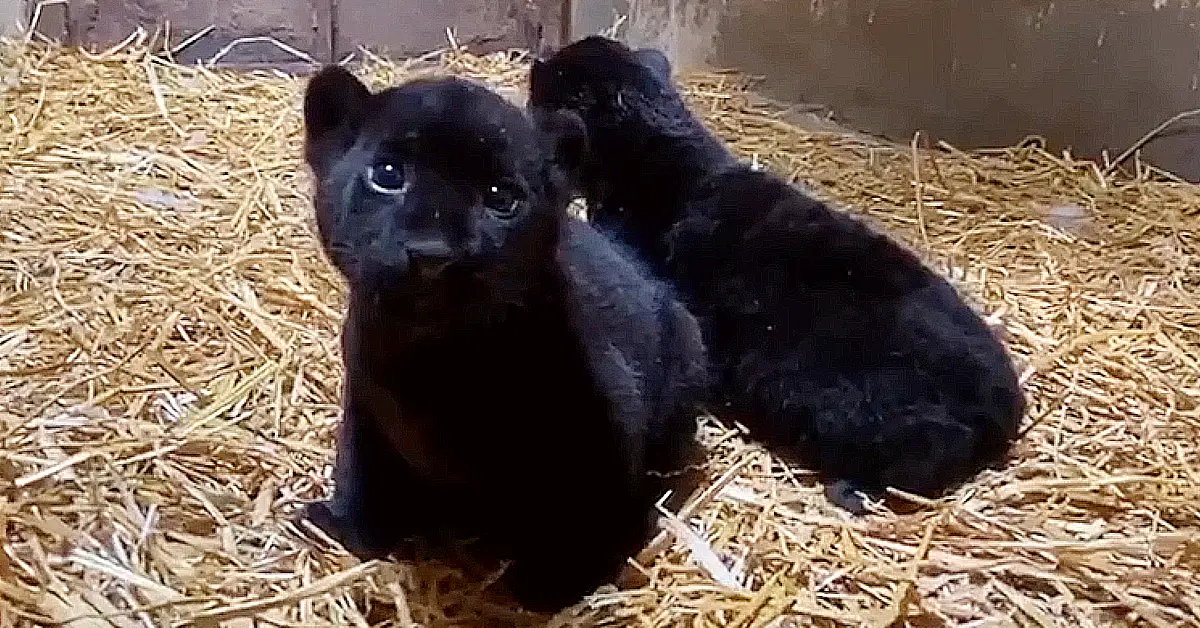In a momentous occasion at the Morelia Benito Juárez Zoo in Mexico, the birth of two melanistic jaguars has been announced, bringing a ray of hope to the conservation of this endangered species.
The jaguar, a descendant of the saber-toothed tiger and a sacred animal in Mesoamerica for over 500 years, faces the threat of extinction in Mexico. The Morelia Zoo, with its commitment to the care, conservation, and protection of flora and fauna, is playing a crucial role in ensuring the survival of these majestic felines.

Weighing 900 grams each, the two melanistic jaguar cubs are thriving under the watchful care of their parents and the dedicated zoo personnel who supervise their daily well-being. One distinctive feature of melanistic jaguars is their dark-colored fur and spots that blend with the color of their skin, a hereditary characteristic.
Gestation for jaguars typically lasts about three months, and the cubs, though small, are born in good health. Melanism, in which specimens appear entirely black, is a fascinating aspect of jaguar genetics, with spots discernible upon closer inspection. These specimens are often informally referred to as “black panthers,” although they do not represent a distinct species or subspecies.
The jaguar, being the largest feline in the American continent, plays a vital role in maintaining a healthy ecosystem. Its distribution spans several states in the Mexican Republic, with a significant presence in Michoacán, particularly in the Sierra-Costa region.
The birth of these melanistic jaguars underscores the importance of conservation efforts to preserve the natural habitats of these majestic creatures. Jaguars are not only symbolic species of global conservation but also serve as natural protectors, contributing to the balance and health of ecosystems. The Morelia Zoo’s mission is aligned with these principles, promoting environmental education programs to raise awareness about the significance of preserving biodiversity.
As we celebrate the arrival of these two precious cubs, it serves as a reminder of the urgent need to protect the jaguar population and their habitats, ensuring a sustainable future for this iconic species in Mexico.


